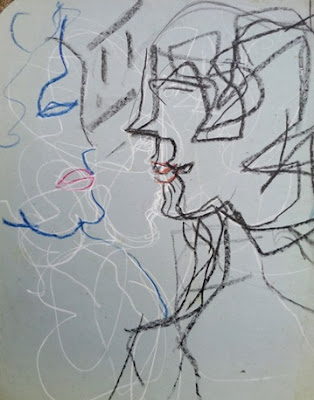Ellie Smith and D’arcy Darilmaz from the Leeds City Museum youth curators group the Preservative Party share their tips for curating an exhibition!
| The Preservative Party, pictured at the opening of the In Their Footsteps exhibition (2016). |
1. Get to know the people you’re working with
Play pictionary and eat cake!
2. What is your exhibition about?
Decide on the purpose of your exhibition. Do you want it to be formal and factual; fun and exciting; or emotionally evoking. Pick an interesting and relevant topic but also something feasible. Make sure you'll have enough objects and information to fill an exhibition.
3. Select objects and stories to display in your exhibit
Make sure to pick are a few key objects that really stand out.
4. Construct an identity
You need a name and initial design ideas. If you have the budget to hire designers write a design brief to send to out. The deigners will send back their initial ideas. From this you can select your design company and begin working with them to create the 'look' of your exhibition. Your final design should show what your exhibition is about and appeal to your demographic.
5. Research, research, research!
Explore the history of your objects.
6. Layout/curation
Decide whether you would like a led path which instructs visitors to go a certain route; or an open space. You will need to plan where all of your object cases, wall mounted objects and panels will go. Make sure there are enough display cases to fit your objects in. You may want to categorise your objects into sections. Your exhibition must be accessible to all members of the public, so plan enough space for wheelchairs and prams to move through with ease.
7. Write your object panels
All your text should read in the same voice so decide what tone you would like. Be sure to have a word limit as large amounts of text might intimidate your audience.
8. Interactives
Come up with some fun ways to engage your public with your exhibits. Try to include interesting pieces of research which you gathered that didn't make it onto the panels.
9. Install
Bring your creation to life! Learn how to use a paint roller. You'll need one! Decorate the gallery and arrange your objects.
10. Opening night
Plan drinks, caterers, speeches and performances. Open up your exhibition for a private viewing for all those invited to the night.
Find out more about the Preservative Party and how to join.













